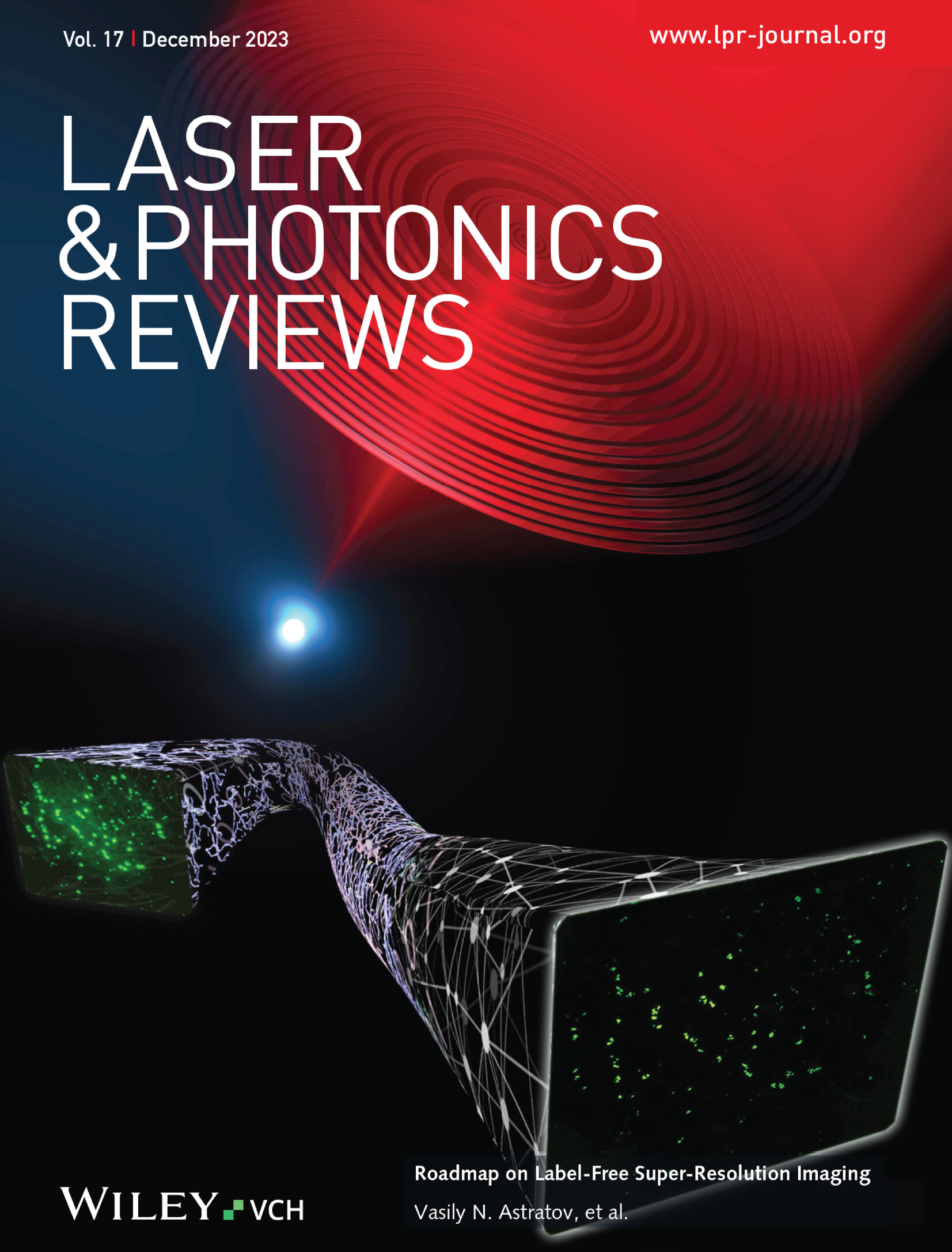Dual Local Field Effects Modulate Incident Light for Amplifying SERS Hotspots Generation and Expanding Raman Enhancement Effective Range
IF 9.8
1区 物理与天体物理
Q1 OPTICS
引用次数: 0
Abstract
Surface‐enhanced Raman scattering (SERS) demonstrates remarkable sensitivity and specificity in biosensing applications. However, attempts to improve SERS performance by fabricating metal nanostructures with sharper hotspot structures have encountered bottleneck, as the extremely short SERS effective distance remains unresolved. Here, a strategy to modulate SERS hotspots by additional long‐range local field effect is proposed. Stable opal photonic crystal (OPC) is developed for Au deposition, which modulates the incident light field directly, rather than merely optimizing the metal nanostructure, thereby significantly enhancing the hotspots generation. OPC substrate introduces structural discreteness to the deposited Au layer, also effectively improving hotspots intensity. Au layer prepared by direct evaporation can detect signal molecules with adsorption concentration of 10双本场效应调制入射光放大SERS热点产生和扩大拉曼增强有效范围
表面增强拉曼散射(SERS)在生物传感应用中具有显著的灵敏度和特异性。然而,通过制造具有更尖锐热点结构的金属纳米结构来提高SERS性能的尝试遇到了瓶颈,因为极短的SERS有效距离仍然没有解决。本文提出了一种通过额外的远程局部场效应来调制SERS热点的策略。稳定蛋白石光子晶体(OPC)是一种用于金沉积的光子晶体,它可以直接调节入射光场,而不仅仅是优化金属纳米结构,从而显著增强热点的产生。OPC衬底使沉积的金层具有结构上的离散性,也有效地提高了热点强度。直接蒸发制备的Au层可以检测到吸附浓度为10 ~ 9 m的信号分子。OPC效应使相同金纳米结构的SERS性能进一步提高了66.8倍。OPC效应和局域表面等离子体共振(LSPR)效应之间的耦合导致入射光子在大范围内发生强弹性散射,大大增强了距离衬底表面300 nm处的拉曼散射,便于对更大尺寸物体的探测。双局域场效应调制LSPR效应和入射光子,显著提高了相同金属纳米结构的SERS性能,比传统策略提供了更大的有效范围,为实际应用提供了有效途径。
本文章由计算机程序翻译,如有差异,请以英文原文为准。
求助全文
约1分钟内获得全文
求助全文
来源期刊
CiteScore
14.20
自引率
5.50%
发文量
314
审稿时长
2 months
期刊介绍:
Laser & Photonics Reviews is a reputable journal that publishes high-quality Reviews, original Research Articles, and Perspectives in the field of photonics and optics. It covers both theoretical and experimental aspects, including recent groundbreaking research, specific advancements, and innovative applications.
As evidence of its impact and recognition, Laser & Photonics Reviews boasts a remarkable 2022 Impact Factor of 11.0, according to the Journal Citation Reports from Clarivate Analytics (2023). Moreover, it holds impressive rankings in the InCites Journal Citation Reports: in 2021, it was ranked 6th out of 101 in the field of Optics, 15th out of 161 in Applied Physics, and 12th out of 69 in Condensed Matter Physics.
The journal uses the ISSN numbers 1863-8880 for print and 1863-8899 for online publications.

 求助内容:
求助内容: 应助结果提醒方式:
应助结果提醒方式:


